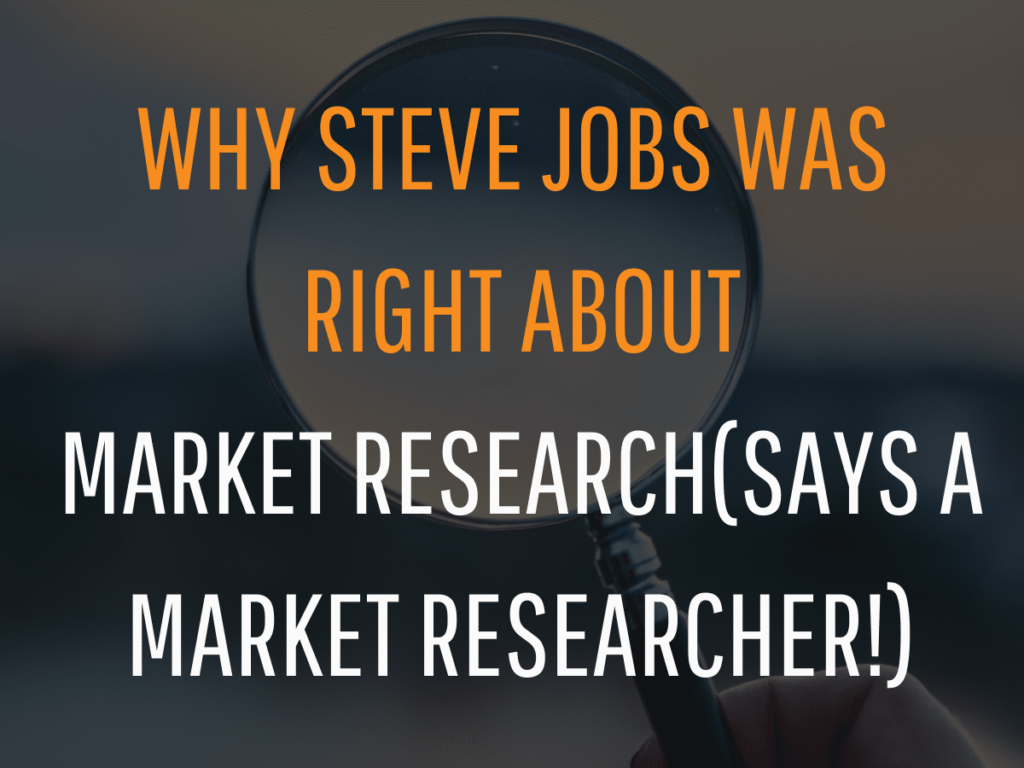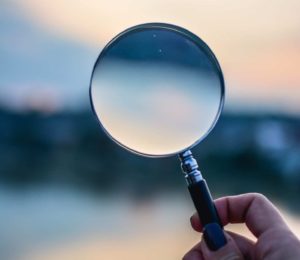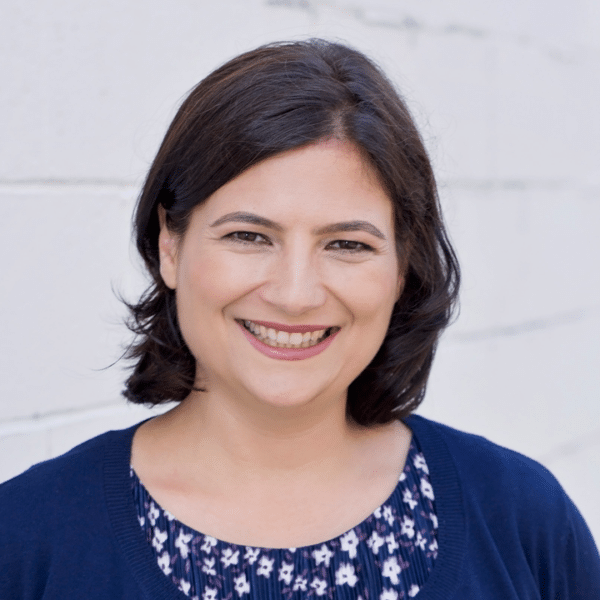Radha Badani, Market Research Expert at Chameleon Collective, shares five tips on exploring the consumer learning journey
Here is your presumptive oxymoron of the day: I am a consumer insights expert who has made a career out of mining consumer insights to develop brand value propositions and go-to-market strategies. AND, I love the Steve Jobs quote “People don’t know what they want until you show it to them. That’s why I never rely on market research.” Pretty ironic, right? Actually, no.
Steve Jobs was right – people don’t know what they want. And asking them what they want will not produce the next iPhone, the next Tesla, the next iRobot. Observing what they need will. As a consumer insights professional, my job is not to ask, but to uncover. And Steve Jobs was the best at it. He used ethnographic methodologies to observe behavior, look for tension between what consumers were trying to do and what existed as solutions in the market today, and tested and iterated solutions until they became intuitively natural for the consumer.
While I have never worked at Apple, I got my first taste of the power of ethnographic research as a Brand Manager at Clorox. By going into people’s homes and watching them go through the daily tasks of cleaning their kitchen or bathroom, we picked up on cues that revealed opportunities. Like the consumers who wore “battle fatigues” to prevent damage from bleach-based sprays (hello, Clorox Wipes!). Or watching the look on their faces when they pulled a dirty toilet brush out of their toilet and had to store it in a canister that collected that dirty water (thank goodness for Clorox ToiletWand!). Through these experiences, I learned the power of observation, of asking questions for the purpose of uncovering more questions, not answers. And I saw how these learnings could transform product and brand innovation.
Ethnographic research is intrusive, timely and costly, and not always practical. In the past couple of years living through a global pandemic, it’s not even possible. But the skills and techniques used in ethnographic research can be translated into other forms of research, such as in-depth phone/video interviews or open-ended surveys. Below are some tips I’ve used in the past when embarking on a consumer learning journey focused on uncovering opportunities rather than finding answers:
- A Day in the Life – ask consumers to recount an experience you want to learn more about. If your brand makes kitchen appliances, ask them to walk you through, step-by-step, what happened the last time they made a meal. If your brand is a meeting software company, ask them about the last time they set up and attended the meeting – what happened before, during and after the meeting? As you listen to their story, probe for details. Ask about the most frustrating part of the process and why. The answers you find could reveal product improvement opportunities, or completely new ideas altogether.
- See the Environment – Make sure your interviews are set up in the location that makes the most sense for your brand/category. Or ask if you can see that location. If you are a fashion retailer, ask to see their closet – get a walk through of how things are organized, where they bought different items from, what the favorite and least favorite thing in their closet is. If you are a hair care brand, see where products are stored in the bathroom or linen closet. See how many products they have, what kind of products, what brands. These observations will give a clearer perspective of your competitive landscape, what items can be substituted for others, and where you potentially differentiate.
- Category Associations – I find this technique extremely useful when trying to understand brand positioning. Consumers won’t readily state what they think of a particular brand, or what they think the brand stands for. But when asked, if “brand X was a car or a celebrity, what would they be?”, it allows for the consumer to more creatively associate the brand’s attributes with something else they are familiar with. Ask about multiple brands and a clear picture will come out about how your brand differentiates itself within the category.
- Word Clouds – Sometimes, it’s hard to know exactly what is most important to consumers, because when asked directly, they will say everything is important. Instead, I often ask multiple behavioral questions to understand how they interact with a product, how they shop for a product, how they describe the product or brand to a friend, etc. And in aggregating all these responses from multiple consumers, you often see the same words coming up over and over again. We thought a brand stood for beauty, but it actually stood for health. We thought a barrier to using a particular product was taste, but it was actually lack of knowledge on how to cook/prepare the product.
- The Broader Context – We truly can’t create what consumers want, or build a brand value proposition around what they need, if we don’t understand the broader context of what is going on in their lives and how we fit into the picture. Steve Jobs likely observed the increasing number of technical gadgets in a person’s backpack or purse, and realized an opportunity. Similarly, we need to understand what is going on in the lives of our consumers, and how we can help simplify or better fit into their moments. Beyond demographics, it’s important to understand what keeps them up at night, what are their personal goals in life, why they made certain choices, what is a good day for them vs a bad day, what is happening in their lives today that impacts their future. These insights clarify the role we play, and how we can best help them by making our brands relevant to their needs and emotions.
I stand by my assertion that I love Steve Jobs’ quote. But the part of the quote I like the best is the part that often gets left out… “Our task is to read things that are not yet on the page.” With the right consumer research methodologies, focused on gathering behavioral, observational insights, brands will be equipped to read between the lines, or as I like to say, connect the dots. If you’re ready to go on this observational consumer journey with me to uncover compelling insights, I’d love to hear from you!






